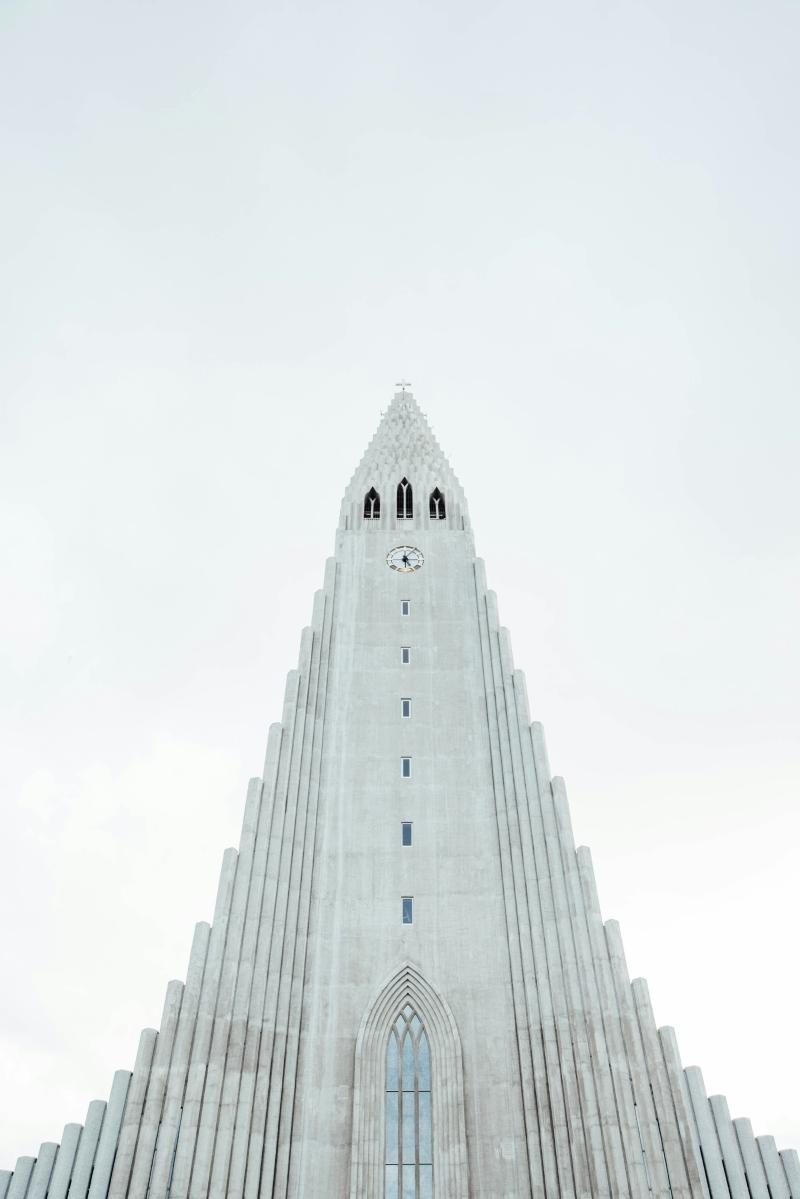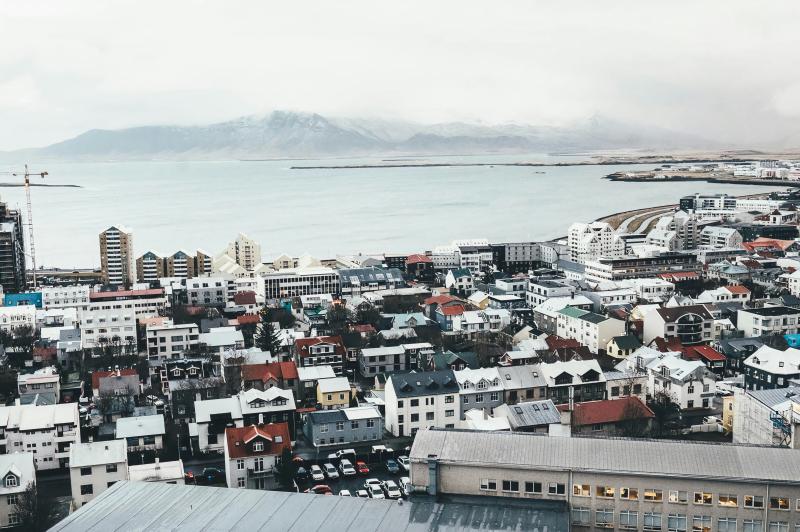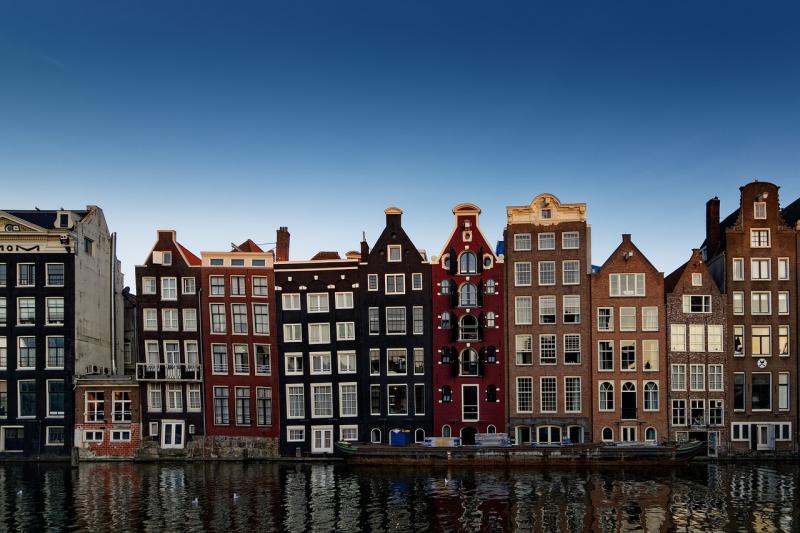View It
Visit It
Reykjavik
Iceland
Visit Reykjavik
Iceland, a Nordic island nation, is a place of stark beauty and stark contrasts. Situated in the North Atlantic, its landscape is marked by dramatic volcanic mountains, vast lava fields, and striking glaciers. Visitors to Iceland are often struck by its otherworldly vistas, which seem to spring from the pages of a fantasy novel. The capital, Reykjavik, serves as a cozy yet vibrant gateway to the natural wonders beyond, offering a blend of hip cafés, intriguing museums, and colorful wooden houses, all under the watchful eye of the imposing Hallgrímskirkja church.
One of Iceland's most famous attractions is the Blue Lagoon, a geothermal spa located in a lava field near Grindavík on the Reykjanes Peninsula, southwestern Iceland. The warm waters are rich in minerals like silica and sulfur and bathing in the Blue Lagoon is reputed to help some people suffering from skin diseases. Beyond its therapeutic benefits, the lagoon is a marvel of geothermal engineering and offers a surreal setting for relaxation with its steamy blue waters set against a backdrop of black lava rocks.
For those with a spirit of adventure, the Icelandic landscape offers an unparalleled playground. The Golden Circle route encompasses three stunningly unique attractions: Þingvellir National Park, the Gullfoss waterfall, and the geothermal area in Haukadalur, which contains the famous geysers Geysir and Strokkur. Þingvellir is a site of historical, cultural, and geological significance, and is one of the few places on earth where one can see both the North American and Eurasian tectonic plates pulling apart. Meanwhile, the northern lights, or aurora borealis, provide a spectacular natural light show during the winter months, painting the night sky in swirling hues of green, pink, and violet.
Traveling to Iceland also offers a chance to delve into a unique culture deeply rooted in its Nordic heritage and Viking history. The Icelandic language remains close to its Old Norse roots and local traditions such as the annual "Þorrablót" midwinter festival continue to thrive. The cuisine is an adventure in itself, featuring local specialties such as hákarl (fermented shark), brennivín (a potent spirit known as "Black Death"), and an array of seafood freshly caught from the surrounding waters. Whether you're soaking in a geothermal hot spring under the midnight sun, exploring the rugged terrain, or enjoying the warm hospitality of its people, Iceland offers an unforgettable escape unlike any other.
Reykjavik Monthly Weather Conditions
LOW
TEMP
HIGH
TEMP
DAYS OF PRECIP.
January
30°F
37°F
22
February
28°F
37°F
11
March
30°F
39°F
12
April
30°F
46°F
12
May
39°F
46°F
12
June
41°F
50°F
12
July
46°F
57°F
12
August
46°F
57°F
22
September
43°F
52°F
22
October
37°F
46°F
12
November
30°F
37°F
11
December
30°F
37°F
13
Need to Know Before You Go To Reykjavik
Find your Next Adventure in Reykjavik
Explore Reykjavik
- Land of Volcanoes and Ice
Iceland is one of the most active volcanic regions in the world, with eruptions occurring on average roughly every 4 to 5 years. Despite its name and location near the Arctic, much of Iceland is green, especially in the summer.
- Geothermal Energy
About 85% of Iceland's energy is from renewable sources, and nearly 65% of that is geothermal alone. This makes Iceland one of the cleanest energy consumers in the world.
- Midnight Sun and Northern Lights
Due to its high latitude, Iceland experiences nearly 24 hours of daylight during the summer solstice (around June 21), known as the Midnight Sun. Conversely, during the winter, the Northern Lights (Aurora Borealis) can often be seen, making it a popular destination for those chasing this natural light display.
- No Forests
Historically, Iceland had few native trees. The phrase "When you are lost in an Icelandic forest, stand up" humorously underscores the lack of dense, tall forests in the country, although reforestation efforts are ongoing.
- Waterfalls Galore
Iceland is home to some of Europe's most powerful waterfalls, including Dettifoss, which is reputed to be the most powerful waterfall in Europe based on water volume.
- Unique Language
The Icelandic language remains close to its Old Norse roots and has changed very little over the centuries. This allows Icelanders to read ancient Viking texts with relative ease.
- No McDonald's
As of my last update, there are no McDonald's restaurants in Iceland. The last one closed in 2009. Instead, Iceland offers a range of local food options, including seafood and lamb.
- Icelandic Horses
The Icelandic horse is a breed that has remained virtually unchanged since the Vikings brought it to Iceland in the 9th and 10th centuries. Due to strict importation laws, no horses can be imported into Iceland, and once an Icelandic horse leaves the country, it cannot return.
- Chess Superpower
Iceland has a strong chess culture and hosted the historic World Chess Championship in 1972 where Bobby Fischer defeated Boris Spassky. The country has one of the highest numbers of grandmasters per capita.
- First Elected Female and Openly Gay Heads of State
Iceland was the first country to elect a female President, Vigdís Finnbogadóttir, in 1980. It was also the first country to have an openly gay head of government, Jóhanna Sigurðardóttir, who served as Prime Minister from 2009 to 2013.
Featured Picture Gallery

Visit the Sun Voyager Which is an Ode to the Sun

Visit the Highest Church in Iceland Called the Hallgrimskirkja

Immerse Yourself in the Colorful Architecture

Overlook the City as You View the Atlantic Ocean
Explore Similar Locations
Amsterdam

Dublin

Scottish Highlands

Stockholm

